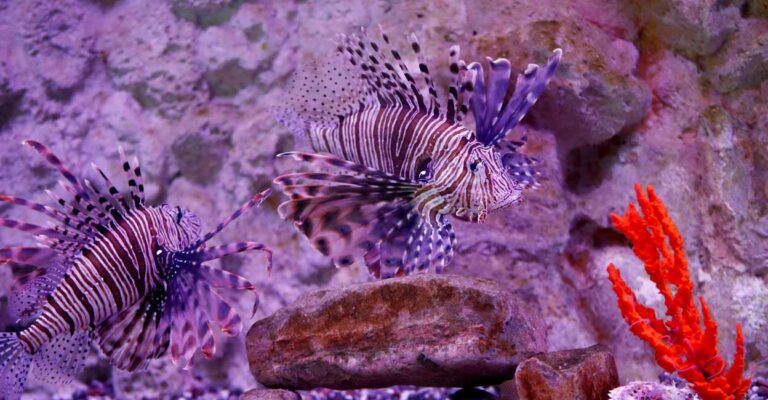Dubrovnik, Croatia/Kotor, Montenegro: Croatian fisherman Marko Krystić has been casting his nets into the sparkling waters of the Adriatic Sea for decades. Now, the invasion of Mediterranean parrotfish is putting traditional catches and livelihoods at risk, he says.
Due to climate change and increased maritime traffic, parrotfish are spreading across the Adriatic Sea with around 50 new species, threatening native fish populations.
Krystyk said the parrotfish was first discovered in the southern Adriatic Sea about 15 years ago, but has since become a common bycatch in his nets.
Although parrotfish is enjoyed as a delicacy in its native region, it is not on the palate of local residents around the village of Molnat in southern Croatia. “We can't sell it to anyone. Locals won't eat this new fish,” Krystyk said.
Nenad Antrović, a researcher at the Dubrovnik-based Marine and Coastal Research Institute, says fish stocks in the Adriatic Sea, the northernmost part of the Mediterranean Sea, are declining due to overfishing, climate change and the introduction of new species.
“The Adriatic Sea is changing, it's getting warmer, so new organisms are emerging. (We mean) fish, plankton and algae,” Antrović said.
According to 2023 data from Italy's National Agency for New Technologies, Energy and Sustainable Economic Development (ENEA), the Mediterranean Sea is the fastest warming ocean on earth.
Antrović said rising sea temperatures are allowing new species of fish to reach the Red Sea through the Suez Canal into the Mediterranean and Adriatic Seas, or be carried into ships' ballast tanks, endangering the survival of around 460 native fish species. He said he was exposing it.
Some of the new fish species are dangerous to humans, such as the poisonous lionfish and stonefish.
Last month, fishermen in the Dubrovnik region caught a rare deep-sea white-eye in the Adriatic Sea.
In neighboring Montenegro, scientists at the Institute of Marine Biology in the coastal city of Kotor cited the blue crab as an example of an invasive species.
“It arrived about 20 years ago and is one of the worst invasive species in the Mediterranean,” said scientist Olivera Markovic.
Fishermen and scientists say stocks of crustaceans such as green crabs have been reduced and in some places completely wiped out.
“The green crab population…has declined significantly since the appearance of the blue crab,” Markovich said.
Ilya Chetković, a researcher at the institute, said rabbitfish, pufferfish and lionfish thrive in the warm Adriatic Sea off Montenegro's coast.
The biggest concern is lionfish. “[Lionfish]are a serious problem right now…they're predatory and they cause a lot of damage to the ecosystem,” Chetkovic said.


